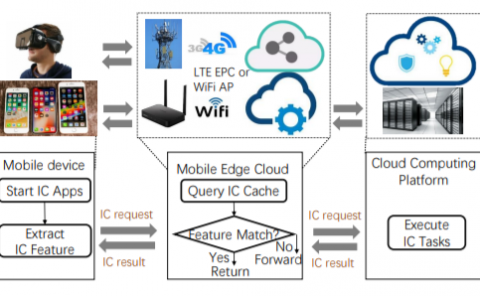Exploring the Vulnerabilities and Advantages of SWIPE or Pattern authentication in Virtual Reality (VR)
PubDate: February 2020
Teams: University of Liverpool,Xi’an Jiaotong-Liverpool University,University of Mississippi
Writers: Ilesanmi Olade, Hai-Ning Liang, Charles Fleming, Christopher Champion

Abstract
Virtual reality applications are carving out a new niche within the entertainment and business user-sphere, therefore reliable security and usability are essential to achieving consumer confidence. In this paper, we are exploring (1) the suitability of porting the popular SWIPE mobile device authentication system for use within virtual reality (VR) by observing the advantages and vulnerabilities. (2) The effects of the interaction devices such as the hand-held-controller (HHC), the LeapMotion sensor, EyeTracker and the head-mounted-display (HMD). Our study is in three-folds, a web study (N=219) to collect and analyze possible SWIPE password patterns, then a mobile device study (N=15) and a VR study (N = 15) to evaluate the speed, login errors, usability of the SWIPE authentication system in both environment for comparison. We are also interested in the effectiveness of shoulder-surfing within VR as it is known to be a weakness in mobile devices.


